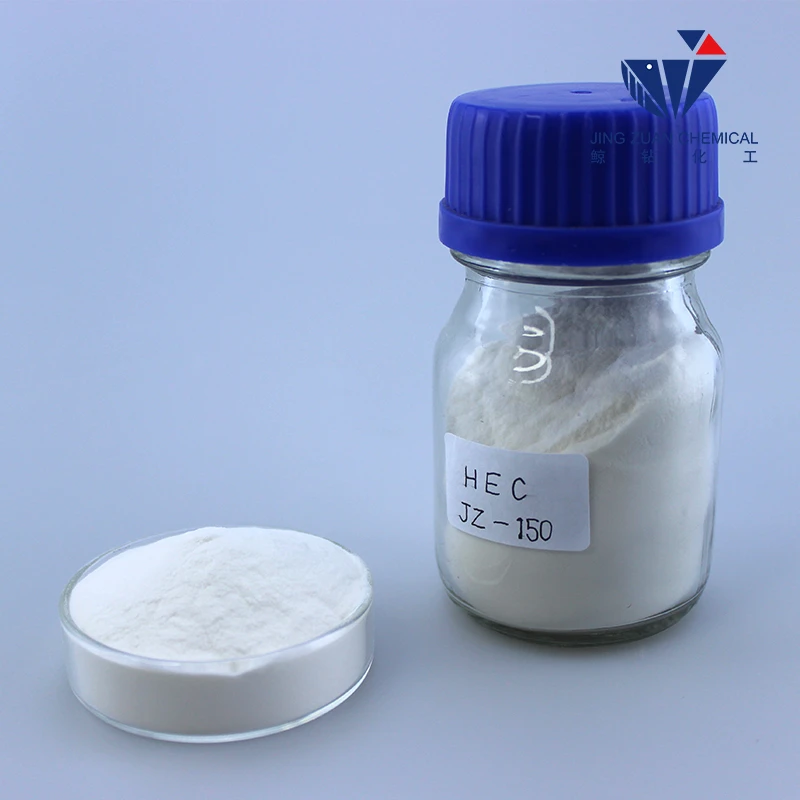
ئیلول . 06, 2024 00:10 Back to list
Hydroxypropyl Methyl Cellulose Ether - Properties, Applications, and Benefits
Hydroxypropyl Methyl Cellulose (HPMC) is a widely used cellulose ether that plays a significant role in various industries, including pharmaceuticals, food, cosmetics, and construction. This compound is derived from natural cellulose, which is abundant in plant materials. HPMC is known for its unique properties, such as film-forming ability, thickening capacity, and water retention, making it an essential ingredient for many applications.
One of the primary advantages of HPMC is its versatility. In the pharmaceutical industry, HPMC is commonly used as a binder, lubricant, and controlled-release agent in tablet formulations. Its ability to form a gel in the presence of water allows for the sustained release of the active pharmaceutical ingredient (API), which is crucial in ensuring patient compliance and improving therapeutic efficacy. Additionally, HPMC is considered a safe and non-toxic excipient, making it suitable for various drug delivery systems.
In the food industry, HPMC serves as a thickening agent, emulsifier, and stabilizer, improving texture and shelf life. It is often used in gluten-free baked goods, sauces, dressings, and ice creams. HPMC can provide a desirable mouthfeel and enhance the overall quality of food products. Moreover, its ability to retain moisture helps prevent clumping and extends the freshness of perishable goods.
The cosmetic industry also benefits from the use of HPMC. It is a common ingredient in lotions, creams, and gels, where it serves as a thickener and stabilizer. Its film-forming properties allow for the development of smooth, elegant textures that enhance the sensory experience of consumers. Additionally, HPMC is used in hair care products, providing hold and styling capabilities without the rigidness of traditional gels.
hydroxypropyl methyl cellulose ether

In construction, HPMC is utilized as an additive in cement and gypsum-based products. It improves workability and enhances the adhesion of mortars, plasters, and tiles. The water-retaining properties of HPMC are particularly valuable in construction, as they contribute to the durability and strength of building materials. By preventing premature drying, HPMC allows for sufficient curing time, thus enhancing the overall performance of the finished product.
The production of HPMC involves a simple, eco-friendly process that converts cellulose into this versatile polymer through a series of chemical modifications
. The result is a biodegradable material that aligns with the growing demand for sustainable and environmentally friendly products.As industries continually seek innovation and improved performance in their formulations, the demand for Hydroxypropyl Methyl Cellulose is expected to rise. Researchers are actively exploring new applications and formulations that harness its unique properties, further expanding its utility across various sectors.
In conclusion, Hydroxypropyl Methyl Cellulose is a multifunctional cellulose ether with a wide range of applications. Its unique characteristics make it an invaluable ingredient in pharmaceuticals, food, cosmetics, and construction. As the push for sustainable materials increases, HPMC stands out as a safe and effective option that can contribute to the development of high-performance products across multiple industries. Its future potential continues to inspire innovation and growth.
-
The Widespread Application of Redispersible Powder in Construction and Building Materials
NewsMay.16,2025
-
The Widespread Application of Hpmc in the Detergent Industry
NewsMay.16,2025
-
The Main Applications of Hydroxyethyl Cellulose in Paints and Coatings
NewsMay.16,2025
-
Mortar Bonding Agent: the Key to Enhancing the Adhesion Between New and Old Mortar Layers and Between Mortar and Different Substrates
NewsMay.16,2025
-
HPMC: Application as a thickener and excipient
NewsMay.16,2025
-
Hec Cellulose Cellulose: Multi functional dispersants and high-efficiency thickeners
NewsMay.16,2025







